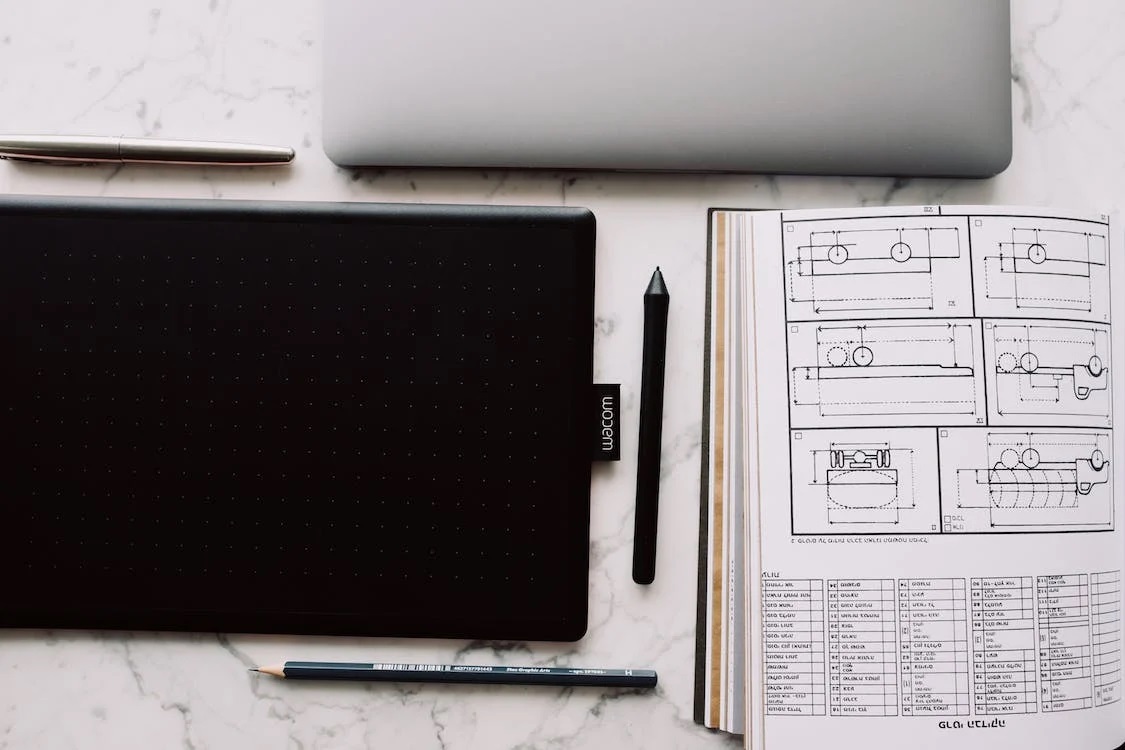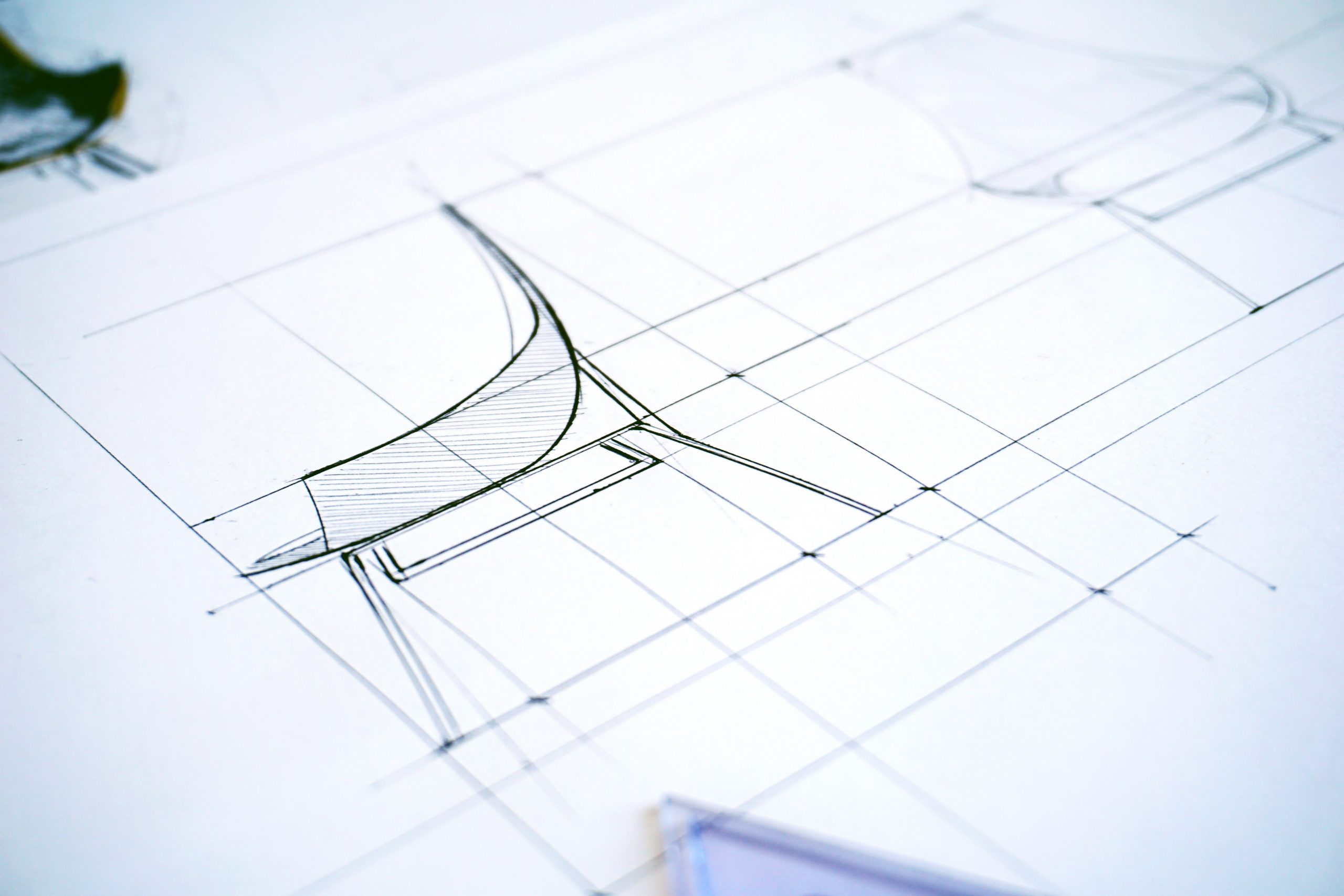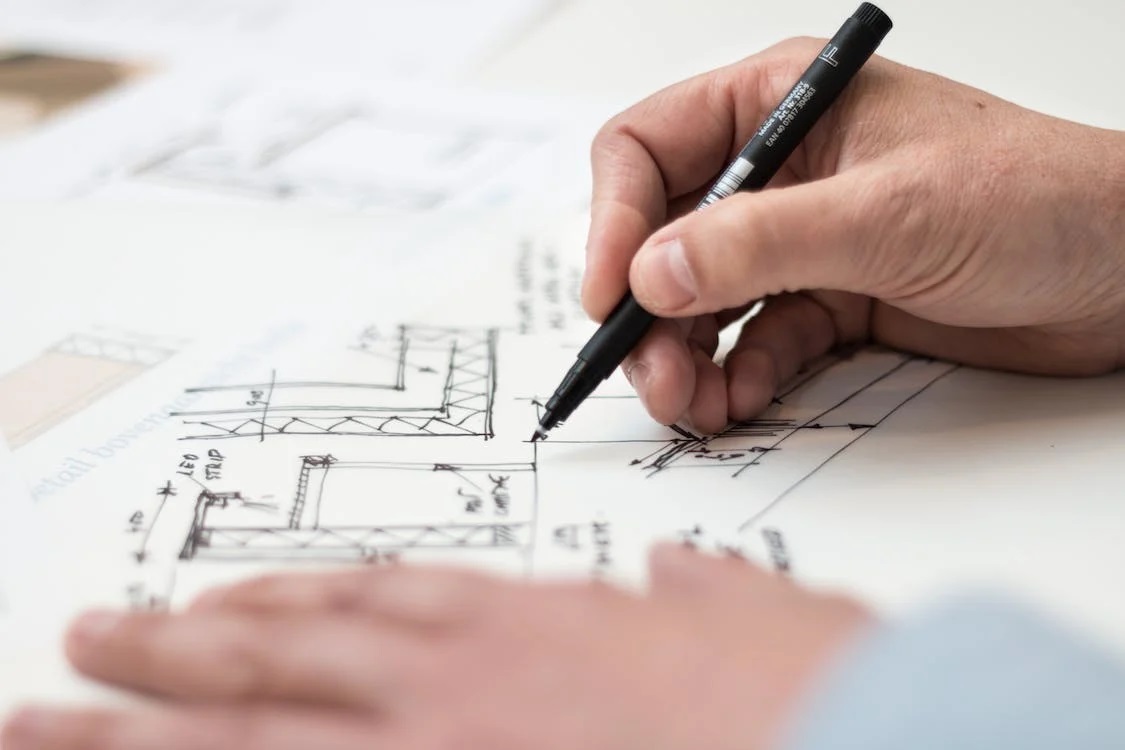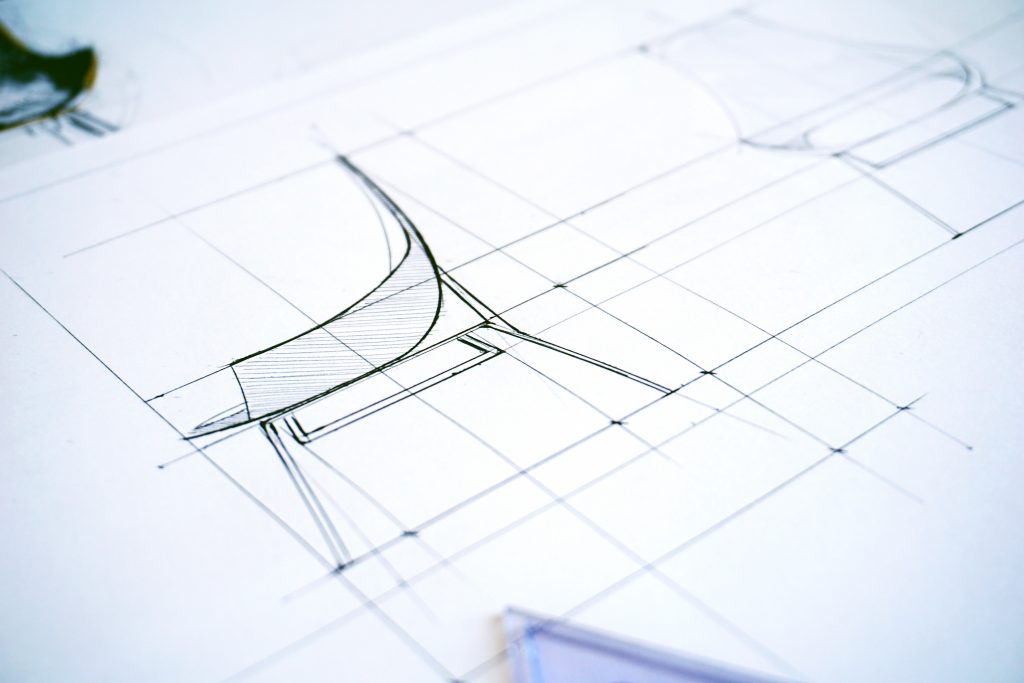The Power of Basic Technical Drawing in Home Woodworking

Woodworking is a gratifying and creative endeavor that allows you to transform raw materials into functional and aesthetically pleasing pieces. Whether you’re crafting furniture, shelves, or decorative items, having a solid understanding of basic technical drawing can greatly enhance your woodworking projects. In this article, we’ll explore how incorporating fundamental technical drawing skills can guide your woodworking journey to success.
Before embarking on any woodworking project, it’s essential to have a clear vision of the final product. Basic technical drawings, such as sketches or diagrams, help you visualize your design and plan out the dimensions, proportions, and overall aesthetics of your creation.
Technical drawings serve as a roadmap for accurate measurements. They help you determine the precise dimensions of each component, ensuring that your pieces fit together seamlessly and result in a polished final product. Woodworking often involves minimizing waste by utilizing materials efficiently. Technical drawings allow you to strategize how to cut and shape your wood to maximize usage and reduce excess.
 Joinery and Assembly:
Joinery and Assembly:
Incorporating joinery techniques like mortise and tenon or dovetails requires meticulous planning. Technical drawings provide a platform to map out these intricate connections, ensuring a strong and stable assembly.
Ensuring Symmetry:
Symmetry is crucial in woodworking, particularly for pieces that require balance and harmony. Technical drawings aid in achieving symmetry by providing a visual guide to mirror and replicate elements accurately.
Creating Templates:
Templates are invaluable tools for replicating shapes and curves consistently. Technical drawings can help you design templates that streamline the process of creating multiple identical parts.
Problem Solving:
Technical drawings enable you to foresee potential challenges or design flaws before they arise. By identifying issues on paper, you can make necessary adjustments and refinements to your design, saving time and resources in the workshop.
 Effective Communication:
Effective Communication:
If you’re collaborating with others or seeking advice, a well-executed technical drawing can convey your intentions clearly. It becomes a universal language that helps communicate complex ideas and specifications to fellow woodworkers or professionals.
Project Documentation:
Technical drawings serve as a record of your design process and decisions. They become a valuable resource for future reference, allowing you to recreate or modify a design or share it with others.
Basic technical drawing is an essential tool that empowers home woodworkers to plan, visualize, and execute their projects with precision and finesse. From accurate measurements to joinery planning and problem-solving, technical drawings offer a comprehensive framework for turning your woodworking visions into tangible masterpieces. By incorporating this foundational skill into your woodworking practice, you’ll not only enhance your craftsmanship but also gain a deeper appreciation for the intricacies of design and construction. So, embrace the art of basic technical drawing, and watch as your woodworking projects reach new levels of precision and creativity.

Comments
Add comment